Electric bicycles, commonly known as e-bikes, are revolutionizing urban mobility across the globe. In Europe and Asia, governments are actively incentivizing their use to promote greener transportation alternatives. These incentives have led to a significant increase in e-bike usage, making them a staple in the urban landscape.
E-bikes offer a convenient, eco-friendly alternative to traditional transportation, reducing traffic congestion and carbon emissions. Their growing popularity underscores a shift toward more sustainable urban living, marking a significant step forward in addressing environmental challenges.
The Safety Challenge of E-Bikes

With the rise of e-bikes, safety concerns have become increasingly prominent. A large issue lies in the risk of fires, primarily due to the lithium-ion batteries that power these bikes. Incidents involving e-bike fires have been reported worldwide, raising questions about their safety.
These incidents often result from battery malfunctions, which can be caused by factors like overcharging, poor manufacturing, or improper use. This growing concern necessitates a closer look at how to ensure e-bike safety while promoting their use.
NREL’s Unexpected Stance on E-Bikes

The National Renewable Energy Laboratory (NREL), known for its commitment to advancing renewable energy, recently made a surprising decision. It imposed a blanket ban on all electric bicycles and scooters on its premises, citing safety concerns.
This decision, coming from an organization at the forefront of sustainable energy research, highlights the seriousness of the safety issues associated with e-bikes. The move by NREL reflects a growing trend among institutions to prioritize safety in the face of new technology.
Deciphering the Risks Behind E-Bike Batteries
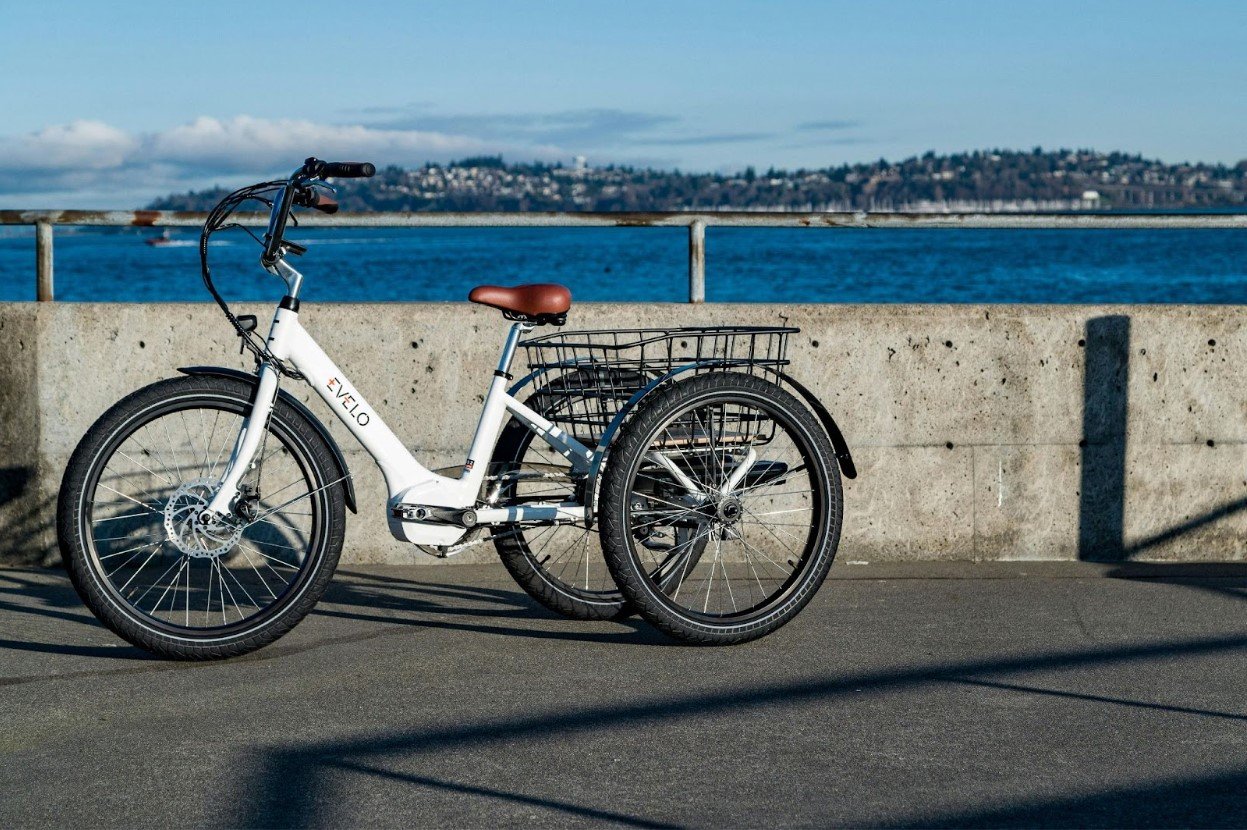
E-bike batteries, particularly those that are poorly made or mishandled, pose significant fire risks. Problems arise from using mismatched chargers, overcharging batteries, or utilizing uncertified products.
Additionally, modifications made by untrained individuals can compromise the safety of these batteries. Understanding these risks is crucial in addressing the safety concerns surrounding e-bikes and finding solutions that allow their continued use in a safe manner.
Evaluating Bans Versus Safety Measures
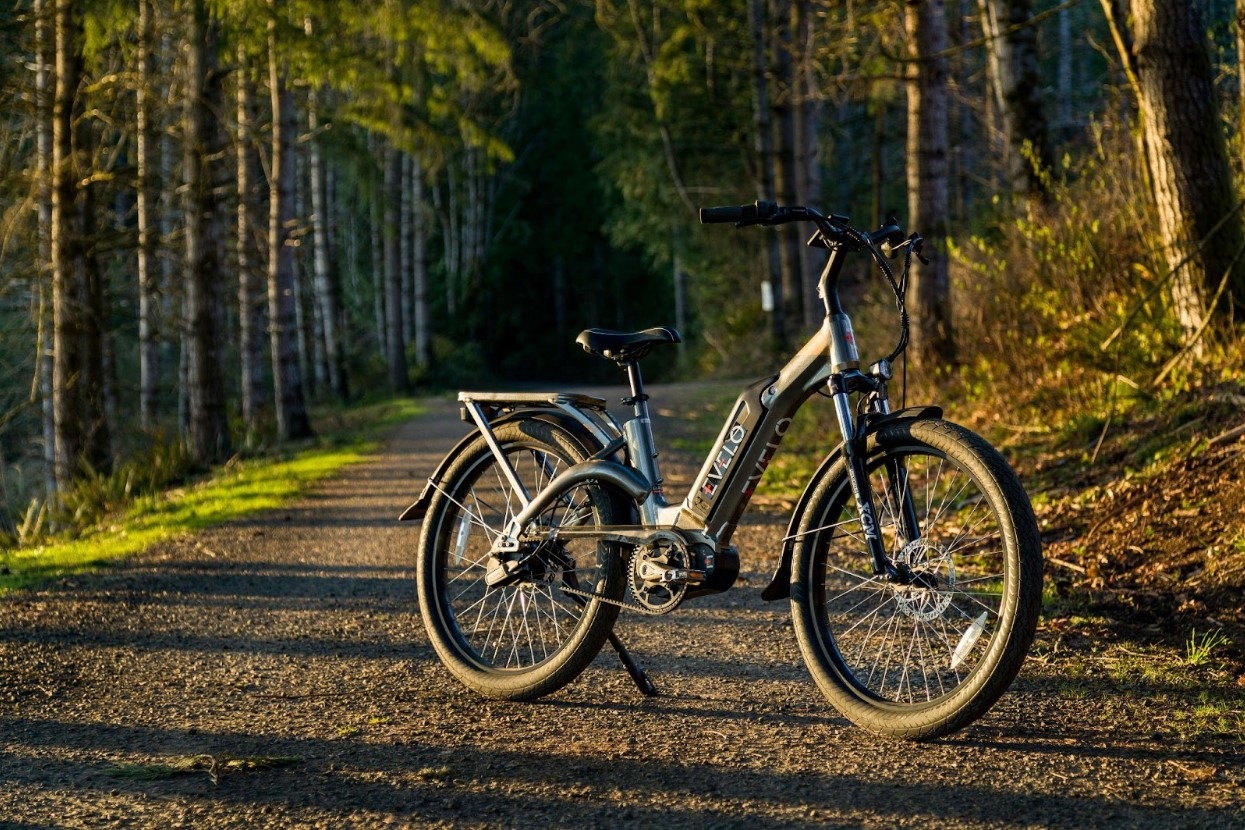
The debate over whether to implement blanket bans on e-bikes or to enforce stricter safety measures is ongoing. While bans like NREL’s may seem extreme, they are often seen as necessary to prevent accidents.
However, some argue that improving safety standards and educating users on proper e-bike usage could be more effective. This approach would allow the continued growth of e-bike usage while addressing safety concerns in a more balanced way.
The Role of Certifications in E-Bike Safety
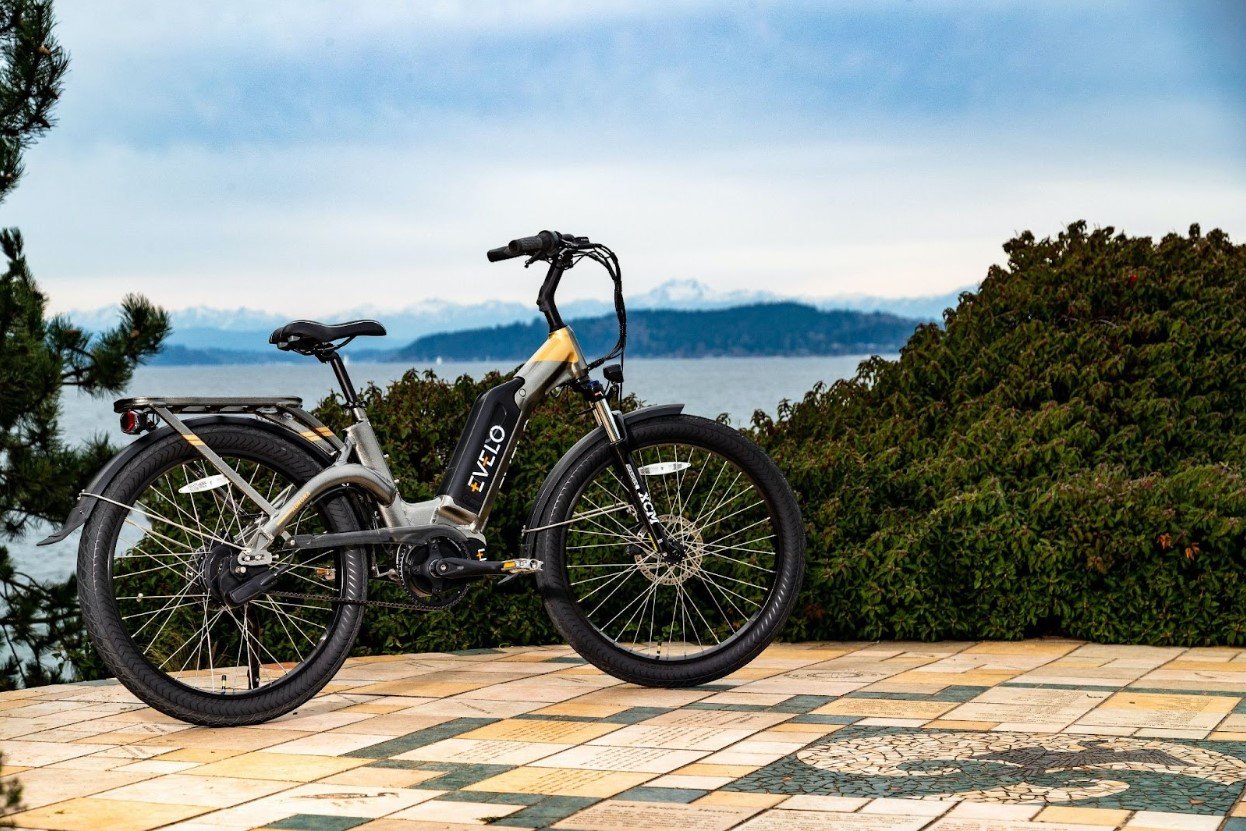
Certifications from organizations like TUV or UL could play a key role in ensuring e-bike safety. These certifications would require e-bikes to undergo rigorous testing, ensuring that they meet high safety standards.
By adopting these standards, manufacturers could significantly reduce the risk of accidents, giving consumers confidence in the safety of their e-bikes.
Dangers of DIY E-Bike Modifications
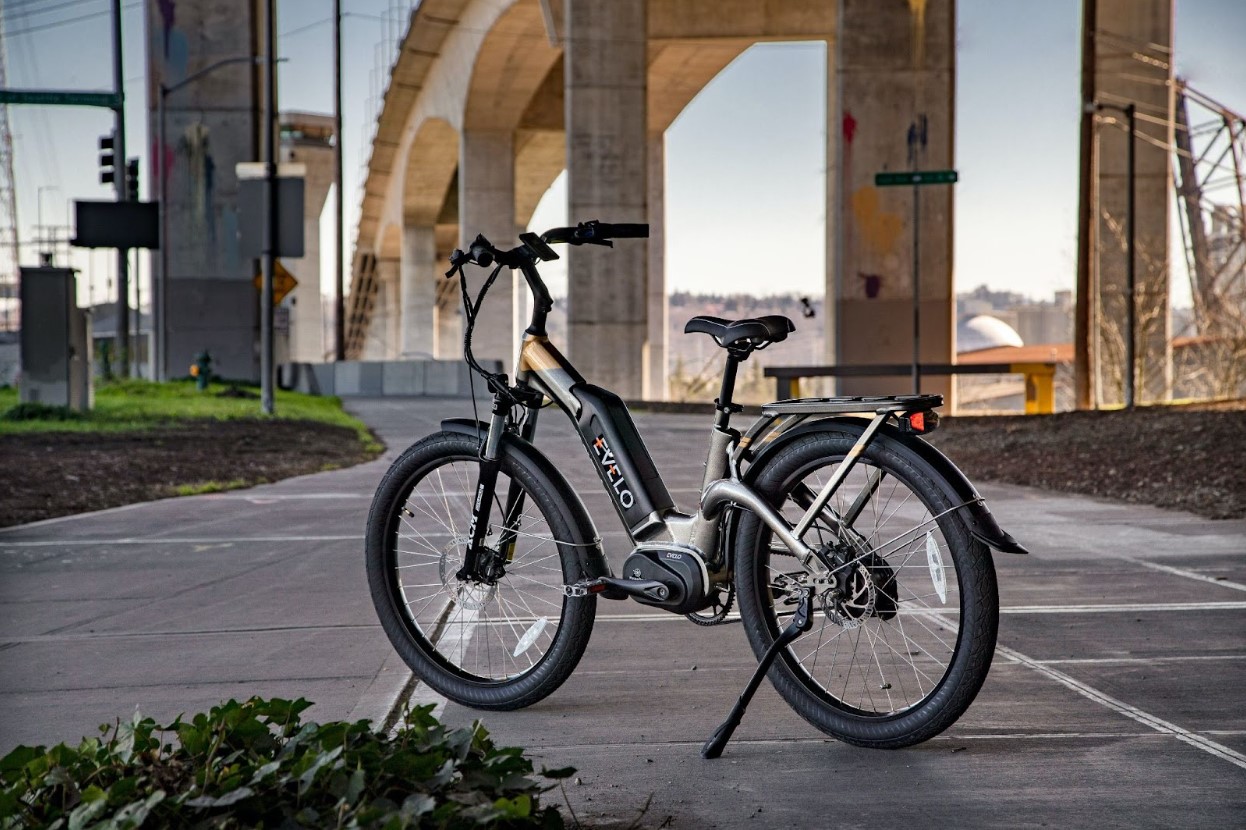
The growing trend of DIY modifications on e-bikes presents additional safety concerns. Many enthusiasts modify their e-bikes to enhance performance or aesthetics, often without proper knowledge or regard for safety standards.
These modifications can lead to malfunctions and increased risks of accidents. Highlighting and addressing the dangers of amateur modifications is essential in ensuring the overall safety of e-bike usage.
NREL’s Compromise for E-Bike Users
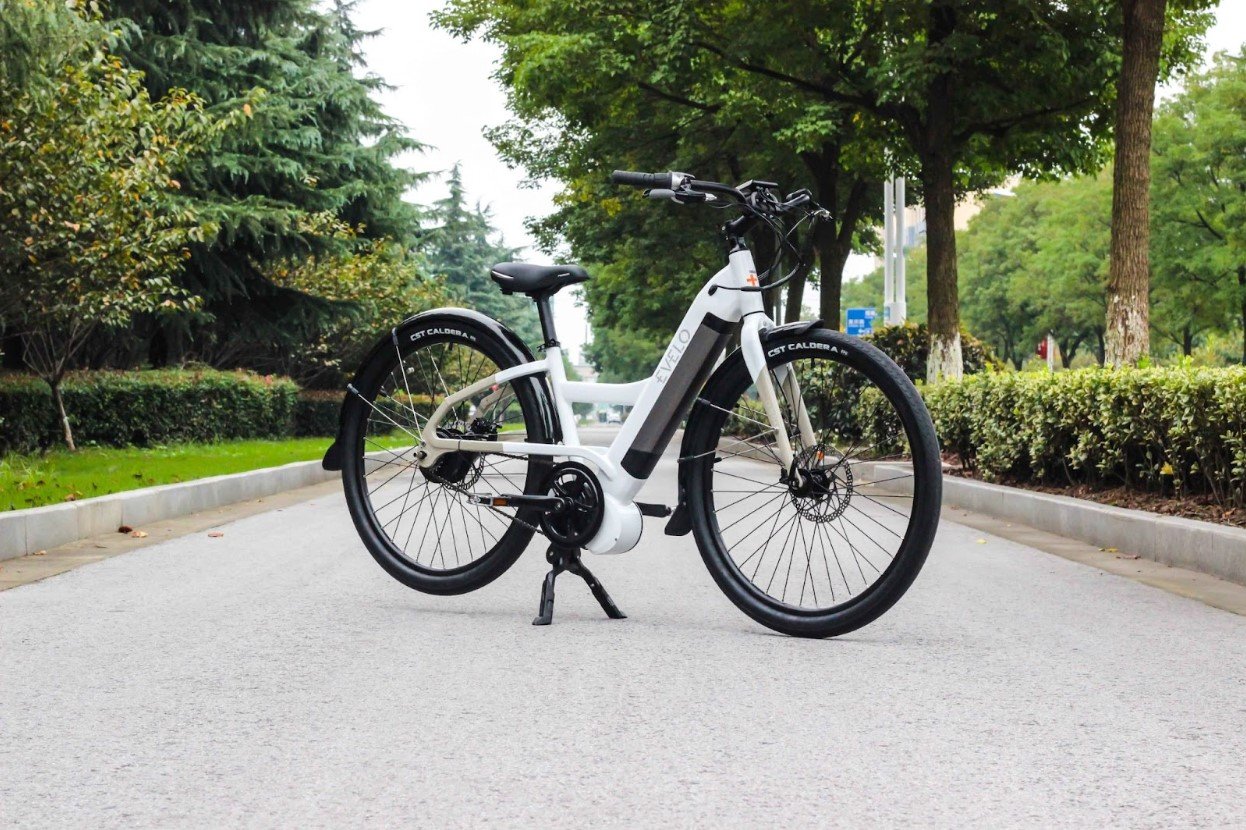
In response to the safety concerns, NREL has implemented a compromise for e-bike users. The organization has set up outdoor charging stations and parking areas for e-bikes, located at a safe distance from building entrances.
This solution allows employees and visitors to continue using e-bikes while addressing safety concerns. NREL’s approach offers a potential model for other organizations grappling with similar issues.
Adapting Infrastructure for E-Bike Safety

The safety of e-bikes also depends on the urban infrastructure. Cities that successfully integrate e-bike-friendly features, such as dedicated bike lanes and safe charging stations, can significantly reduce the risk of accidents.
These infrastructural changes not only support the safe use of e-bikes but also encourage their adoption by making them a more convenient and sustainable mode of transportation.
Global Perspectives on E-Bike Policy

Different countries have varying approaches to e-bike safety and regulation. While some have adopted strict safety standards and certifications, others have implemented more lenient policies.
Comparing these approaches offers valuable insights into how different regions balance the promotion of e-bikes with the need to ensure public safety. This global perspective can help in formulating effective policies that address the unique challenges of e-bike safety.
The Future of E-Bike Technology

The future of e-bike technology looks promising, with ongoing advancements aimed at addressing current safety concerns. Innovations in battery technology, enhanced safety features, and smarter charging solutions are on the horizon.
As these technologies develop, we can hopefully expect e-bikes to become even safer and more reliable, further cementing their role in sustainable urban transportation.
Striking a Balance: Innovation and Safety

The journey of e-bikes from a novel concept to a key element of urban mobility has been remarkable. As we embrace this eco-friendly mode of transportation, it’s crucial to balance innovation with safety.
Ensuring that e-bikes are both safe and efficient will be key in their continued adoption and success. By fostering a collaborative approach among manufacturers, policymakers, and users, we can ensure that e-bikes remain a sustainable and safe choice for urban commuters.
